Yellow, bright, earthy, mildly sweet and floral is a cup of chamomile tea. It is referred to as the perfect tea to relax and calm yourself down after a very stressful day. Well what’s more to this tea, and why should you have this beauty in your kitchen cabinet? Let’s find out.
What is Chamomile tea?
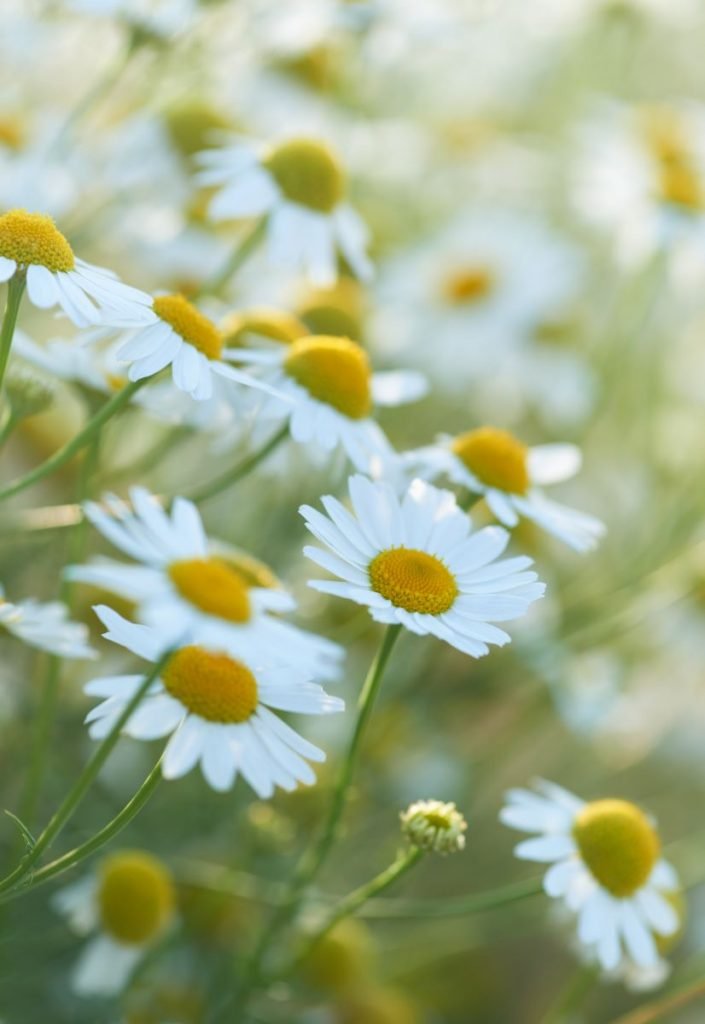
Chamomile tea is tea made with the flowers of the chamomile plant. This plant is alleged to be of European origin though today most of the commercially sold chamomile plant comes from Egypt. (1)
Since the time of Hippocrates (the father of medicine) in 500 BCE, it has had several applications in folk medicine including treating insomnia, minor inflammations and wounds of the mouth and gums (1, 2).
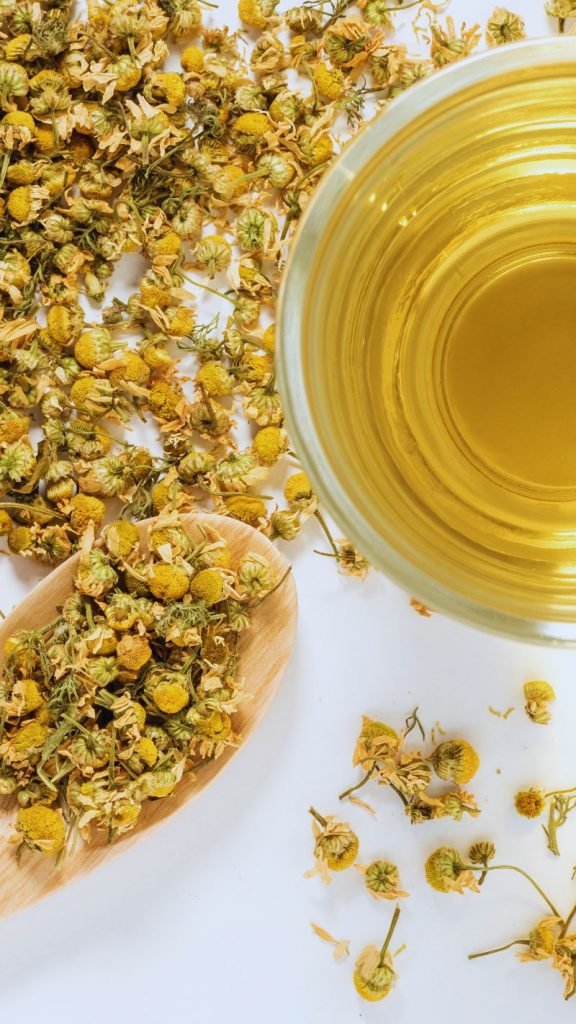
There are two popular species of chamomile tea: the German chamomile (Matricaria recutita) and the Roman chamomile (Chamaemelum nobile) (2, 3).
Health benefits of chamomile tea
The chamomile plant is loaded with certain compounds generally called polyphenolic compounds, that have certain beneficial biological activities for the body. These substances are apigenin, luteolin, patuletin, and quercetin.
Drinking chamomile tea has been the following health benefits.
Reduces insomnia
The compound apigenin binds to certain areas of the brain (the benzodiazepine receptors) inducing sleep. This is the reason chamomile has been traditionally used for ages as a mild sedative and tranquillizer for the treatment of insomnia (4).
Some research studies carried out with cardiac patients reported that these patients were immediately induced into deep sleep that lasted 90 minutes after drinking chamomile tea (5).
Treats common cold
Chamomile tea is an ancient remedy for the treatment of common colds. Besides, several research studies have reported that inhaling steam from extracts of chamomile has proven effective in relieving common cold symptoms.
A common cold is normally common and not life-threatening but could lead to fatal complications like pneumonia if left untreated (6).
Controls blood sugar levels
The polyphenol compounds in chamomile are very strong antioxidants. Antioxidants are natural substances found in plants that prevent or delay cell damage caused by bad atoms called free radicals.
In this case, they protect the beta cells of the pancreas (which produce, store and release insulin) from damage by reducing oxidative stress linked to high blood sugar.
Oxidative stress exists when there is an imbalance of free radicals and antioxidants in the body which can lead to cell and tissue damage (7).
Also, chamomile improves blood sugar levels by increasing the storage of glucose in the liver as glycogen. The more glycogen is stored in the liver, the lower the amount of glucose in the blood stream which is beneficial for blood sugar control (8).
Farther, chamomile extracts were reported to inhibit the accumulation of sorbitol in human red blood cells. Sorbitol is a sugar alcohol whose accumulation in the red blood cells can cause diabetic complications like neuropathy (damage to the peripheral nervous system) (8).
Protects against cancer
The compound apigenin present in chamomile has been reported by several clinical research studies to show anti-cancer activities (9).
It significantly reduces the capability of cancer cell lines in humans. It also stops the growth of cancer cells by stimulating apoptosis (cell death) in many preclinical models of breast, skin, prostate, and ovarian cancer (9, 10).
Treats indigestion
Chamomile tea is an ancient remedy for an upset stomach and has been used successfully to treat symptoms like stomach cramps, abdominal bloating, and nausea.
In Serbia and Greece for example, an infusion of the tea is taken to treat stomach and gastrointestinal problems (11).
Soothes acid reflux and GERD symptoms
Chamomile tea reduces the acidity of the stomach, hence preventing episodes of acid reflux. Acid reflux is the backflow of stomach acids into the esophagus, resulting in heartburn sensations in the chest. Less acid production in the stomach will decrease the chances of acid reflux (4).
Besides, the tea lessens the spasmic contractions of the smooth muscles of the stomach walls which usually triggers acid reflux. The lesser the spasmic contractions, the easier it is for food to move through the intestines (12).
Additionally, chamomile boosts the secretion of mucin (protein-carbohydrate molecule), which greases the gut, and eases both the swallowing and movement of food through the gut. This soothes heartburn in people suffering from acid reflux or GERD (gastro-esophageal reflux disease) (13).
Side effects of chamomile tea
Like any other beverage, chamomile tea may produce some undesirable effects in sensitive people (14, 15).
Allergic reactions
People allergic to pollen may experience allergic reactions drinking chamomile tea as the tea may be contaminated with pollen.
Also, people that are generally allergic to daisy-like plants like ragweed, may see allergic reactions with this tea.
Botulism
There may be possible contamination of chamomile with the spores of the infectious bacteria Clostridium botulinum. Clostridium botulinum is known for causing botulism, a deadly disease that can cause paralysis of the face and limbs.
In severe causes, botulism can cause respiratory failure. For this reason, children and infants should not consume chamomile tea, as they can not deal with botulism.
Interactions with other drugs
Chamomile tea may interact with certain drugs:
- pain killers (e.g., ibuprofen)
- sedatives (e.g., aspirin)
- supplements (e.g., gingko biloba)
- anticoagulants (e.g., warfarin)
- antiplatelet drugs
- non-steroidal anti-inflammatory drugs (NSAIDs)
Pregnancy and breastfeeding
Generally, pregnant women and breastfeeding mothers a not advised to consume chamomile tea to avoid any unwanted side effects to their unborn babies or infants.
Recommendations
Chamomile tea, like other dietary supplements, are not regulated by the FDA (Food and Drug Administration).
It is generally advised to start with 1 cup of chamomile tea a day and gradually increase the dosage slowly.
References
- What is chamomile? (n.d.). Retrieved April 6, 2022, from Teatulia.com website: https://www.teatulia.com/tea-varieties/what-is-chamomile.htm
- Matricaria recutita – Plant Finder. (n.d.). Missouribotanicalgarden.Org. Retrieved April 15, 2023, from https://www.missouribotanicalgarden.org/PlantFinder/PlantFinderDetails.aspx?taxonid=277347
- Chamomile: Medicinal, Biochemical, and Agricultural Aspects (N.d.). Retrieved April 6, 2022, from Herbalgram.org website: http://abc.herbalgram.org/site/DocServer/CRCPRESSChamomile-Section_1.5978-1-4665-7759-6.pdf?docID=6362
- Srivastava, J. K., Shankar, E., & Gupta, S. (2010). Chamomile: A herbal medicine of the past with bright future. Molecular Medicine Reports, 3(6), 895–901. https://doi.org/10.3892/mmr.2010.377
- Gould, L., Reddy, C. V. R., & Gomprecht, R. F. (1973). Cardiac effects of chamomile tea. The Journal of Clinical Pharmacology and New Drugs, 13(11), 475–479. https://doi.org/10.1002/j.1552-4604.1973.tb00202.x
- Barrett, B. (2012). Viral Upper Respiratory Infection. In Integrative Medicine (pp. 149-157.e5). Elsevier. https://www.ncbi.nlm.nih.gov/pmc/articles/PMC7315336/
- Cemek, M., Kağa, S., Simşek, N., Büyükokuroğlu, M. E., & Konuk, M. (2008). Antihyperglycemic and antioxidative potential of Matricaria chamomilla L. in streptozotocin-induced diabetic rats. Journal of Natural Medicines, 62(3), 284–293. https://doi.org/10.1007/s11418-008-0228-1
- Kato, A., Minoshima, Y., Yamamoto, J., Adachi, I., Watson, A. A., & Nash, R. J. (2008). Protective effects of dietary chamomile tea on diabetic complications. Journal of Agricultural and Food Chemistry, 56(17), 8206–8211. https://doi.org/10.1021/jf8014365
- Way, T.-D., Kao, M.-C., & Lin, J.-K. (2004). Apigenin induces apoptosis through proteasomal degradation of HER2/neu in HER2/neu-overexpressing breast cancer cells via the phosphatidylinositol 3-kinase/Akt-dependent pathway. The Journal of Biological Chemistry, 279(6), 4479–4489. https://doi.org/10.1074/jbc.M305529200
- Srivastava, J. K., & Gupta, S. (2007). Antiproliferative and apoptotic effects of chamomile extract in various human cancer cells. Journal of Agricultural and Food Chemistry, 55(23), 9470–9478. https://doi.org/10.1021/jf071953k
- El Mihyaoui, A., Esteves da Silva, J. C. G., Charfi, S., Candela Castillo, M. E., Lamarti, A., & Arnao, M. B. (2022). Chamomile (Matricaria chamomilla L.): A review of ethnomedicinal use, phytochemistry and pharmacological uses. Life (Basel, Switzerland), 12(4), 479. https://doi.org/10.3390/life12040479
- Khayyal, M. T., Seif-El-Nasr, M., El-Ghazaly, M. A., Okpanyi, S. N., Kelber, O., & Weiser, D. (2006). Mechanisms involved in the gastro-protective effect of STW 5 (Iberogast) and its components against ulcers and rebound acidity. Phytomedicine: International Journal of Phytotherapy and Phytopharmacology, 13 Suppl 5, 56–66. https://doi.org/10.1016/j.phymed.2006.03.019
- Orlando, R. C. (2006). Esophageal mucosal defense mechanisms. GI Motility Online. https://doi.org/10.1038/gimo15
- Chamomile: Herbal uses, warnings, side effects, dosage. (n.d.). MedicineNet. Retrieved April 15, 2023, from https://www.medicinenet.com/chamomile/article.htm
- Izzo, A. A. (2012). Interactions between herbs and conventional drugs: overview of the clinical data. Medical Principles and Practice: International Journal of the Kuwait University, Health Science Centre, 21(5), 404–428. https://doi.org/10.1159/000334488
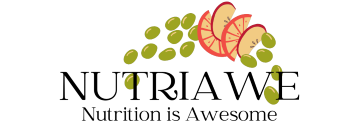
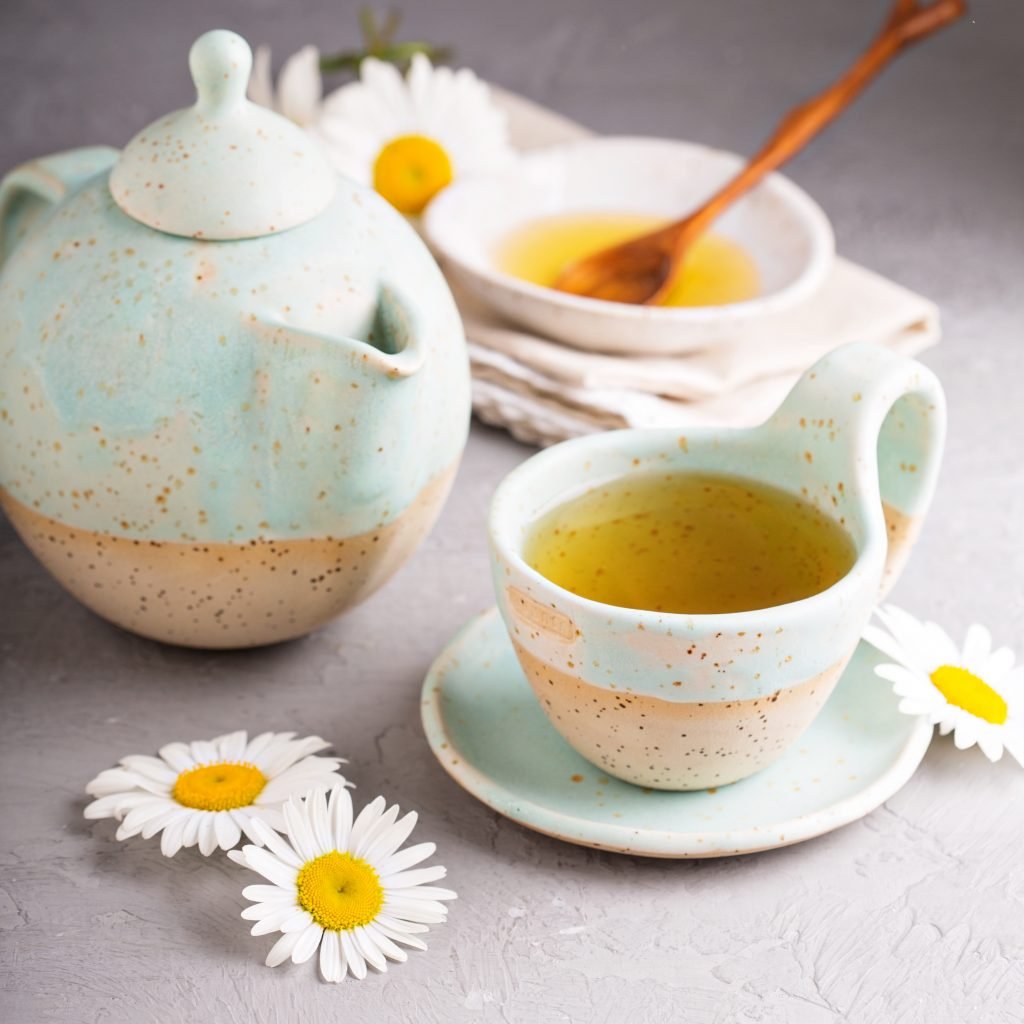
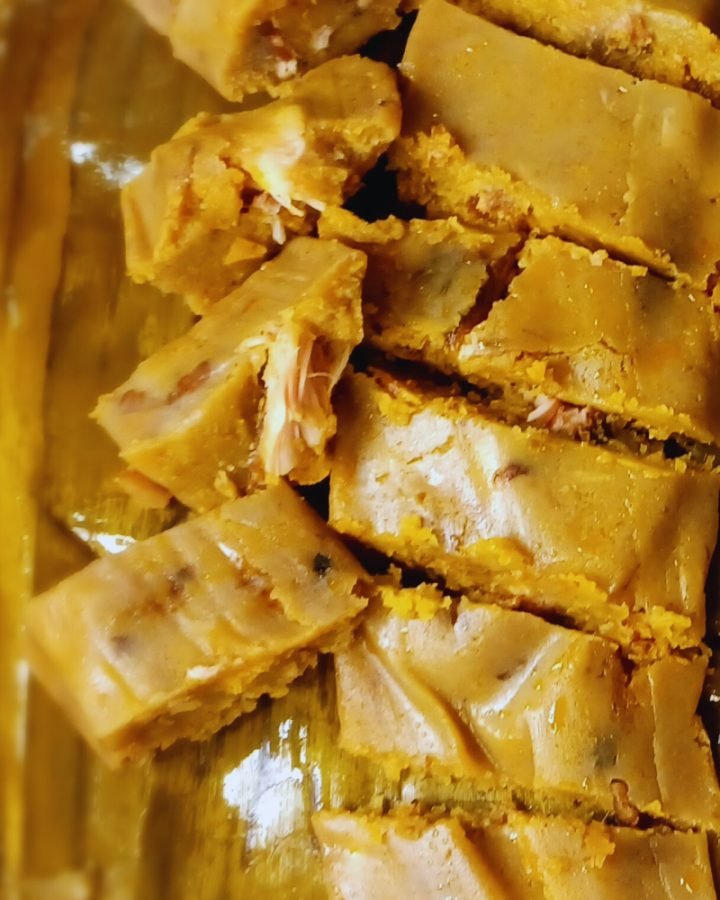
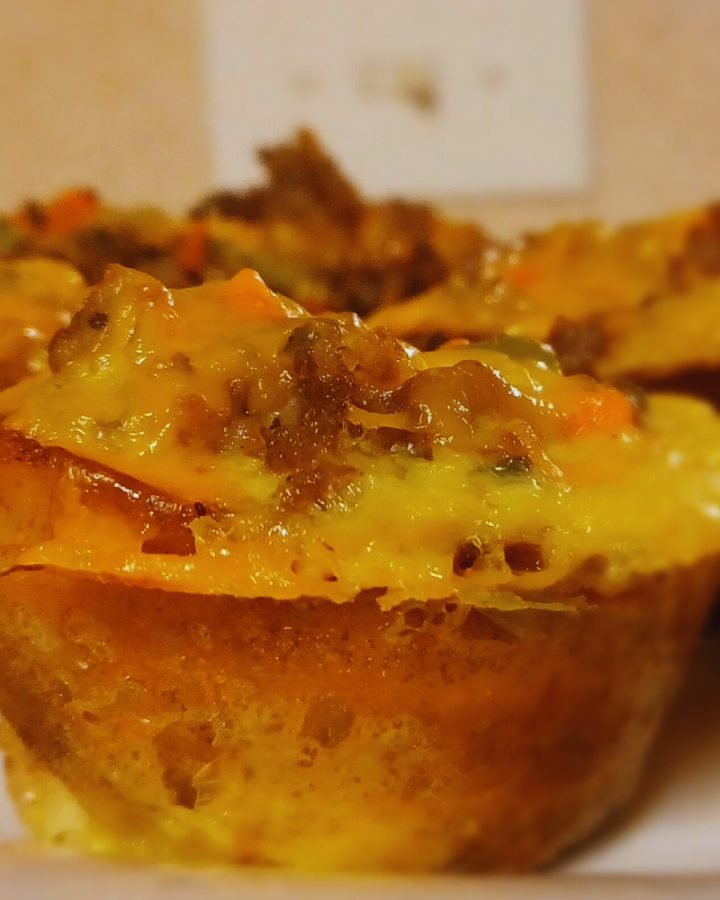
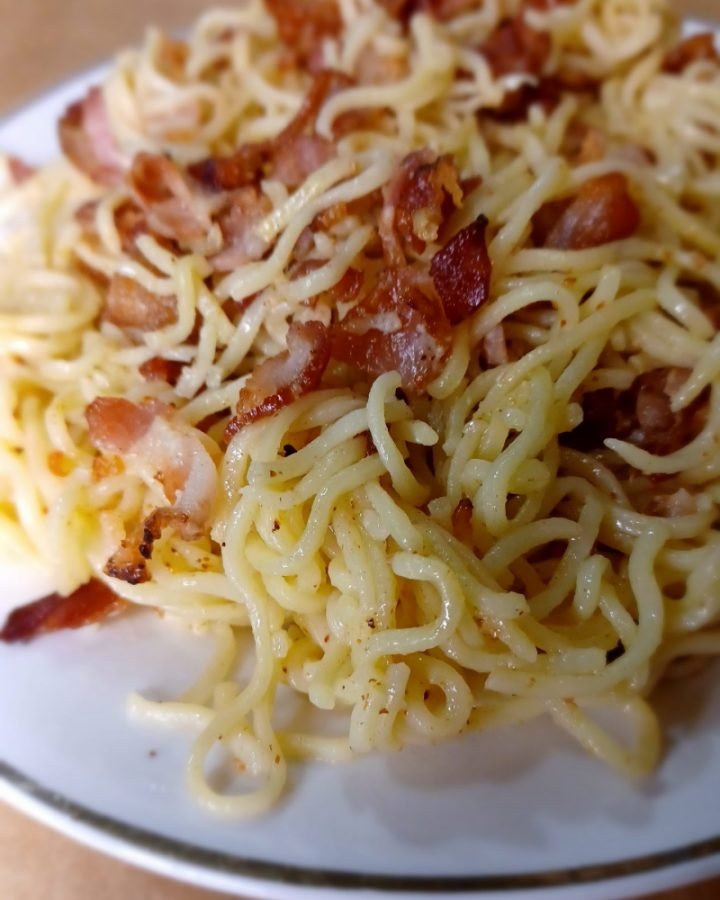
Leave a Reply